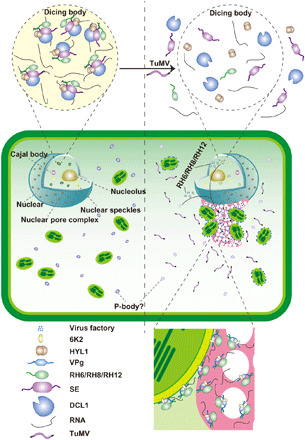Fig. 7. Model of the formation of D-bodies driven by RH6/RH8/RH12.

RH6, RH8, and RH12 interact with SE, the key D-body component, and drive the formation of D-bodies (left) under normal conditions. Upon infection with TuMV, RH6, RH8, and RH12 may be retained or translocated to the perinuclear globular structure and on chloroplast periphery, coupling with the formation of V-bodies and decreased accumulation of D-bodies (right).
